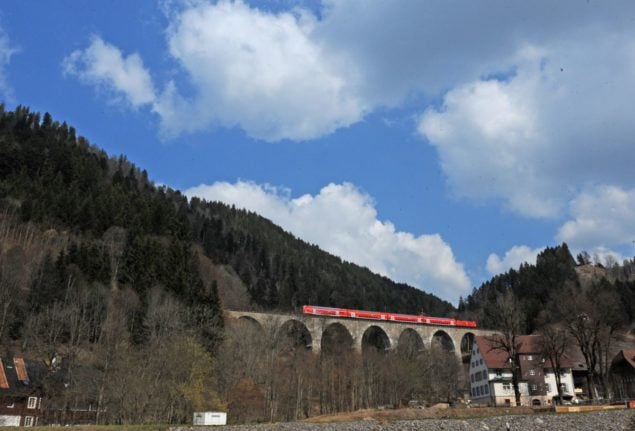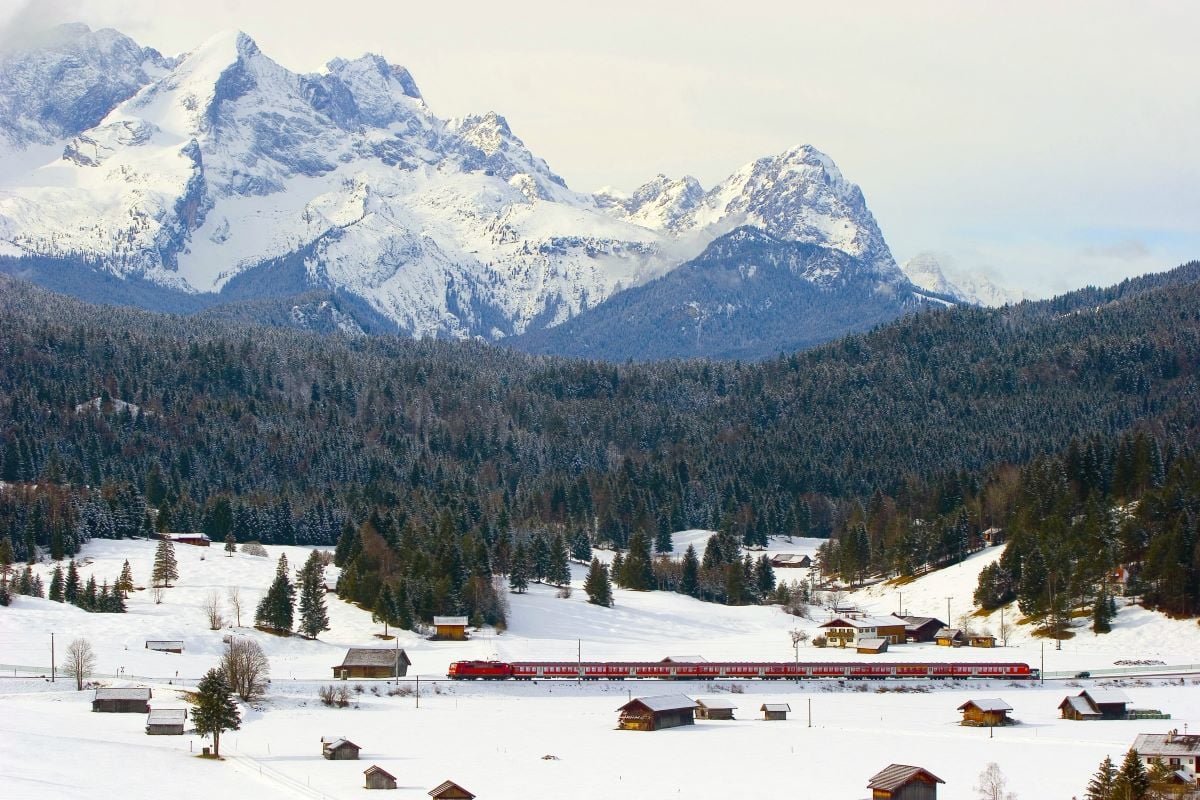Although it’s a popular home for internationals in Germany, Berlin can sometimes feel just a bit more isolated than the rest of the country when it comes to getting around without a plane. Many other German cities – particularly in the dense western part of the country – are many hours away from the capital. Situated in the country’s northeast, less than an hour away from the Polish border, eastward travel from Berlin can be a treat. But the Baltic Sea cuts off fast train connections north to Copenhagen. Going west or south can be long and uncomfortable, leaving many to check their flight options by default.
But as of May 25th, the European Sleeper has made traveling westward a little easier with its sleeper train that leaves Berliners one overnight journey away from both Amsterdam and Brussels.
Normally a journey of at least seven hours, typically with several connections, train travel between the German and Belgian capitals is cumbersome and takes a full day. That’s less time for work, family, or sightseeing – making it a far less appealing choice for many. The sleeper service aims to make the train trip more convenient by saving passengers daytime hours better spent doing something else.
READ ALSO: EXPLAINED: The new international train routes you can take from Germany this year
When does the new sleeper train run?
The European Sleeper departs Brussels Midi at 19:22 on Mondays, Wednesdays, and Fridays. Between then and midnight, it’ll cruise through Belgium and the Netherlands to pick up passengers in Antwerp, Rotterdam, and Amsterdam – to name but three. After midnight, it’s mostly a direct service to Berlin, ending in the German capital at 6:48am.
On Tuesdays, Thursdays, and Sundays, the European Sleeper train makes the return trip from Berlin. Leaving the German capital at 22:56, passengers can wake up in time to get off in Amsterdam at around 6:30 – or disembark in Brussels just before 9:30. Rotterdam and Antwerp are available as stops as well.
Onboard breakfast is included in the fare price and the company says it intends to run the service daily by 2024.
READ ALSO: EXPLAINED: How Germany’s long-distance train services will change from December
What are the sleeping arrangements like and how much will they cost?
You can expect to shell out €69 for a simple seat – although on an overnight train that could get uncomfortable for all but the heaviest of sleepers. €119 will get you a berth in a six-person cabin with a couchette bunk for each. Women can choose to book a 4-bed women-only couchette cabin if they choose.
Although prices can vary depending on when you travel, full sleeper cabins, with proper beds and a wash basin, will run you up around €159 for a spot in a three-bed cabin, or €209 for a spot in a two-bed cabin. You can top out at your own private one-bed cabin, which can run you upwards of €200.
READ ALSO: ICE 3neo: Deutsch Bahn’s speediest train makes first trip in Germany
How is it now easier to travel to the UK by train?
The European Sleeper has a fairly comfortable connection with the Eurostar – particularly in the direction from London to Brussels Midi on the way to Berlin.
A passenger departing London St. Pancras on a 15:04 GMT Eurostar would arrive at Brussels Midi at 18:05 CET, leaving them with just over an hour before their European Sleeper departs the same station for Berlin at 19:22.
The timing is a little less convenient in reverse though. A traveler from Berlin arriving in Brussels Midi at 9:27 will have to wait until 12:56 CET to catch their Eurostar, arriving in London only at 13:57 GMT.
READ ALSO: REVEALED: The best night trains running through Germany
Are there plans to expand the service?
The company plans to offer a daily service from 2024 “if possible”.
Beyond that though, European Sleeper says it wants to extend the line to include Dresden and Prague by the end of 2023. That would leave both the Czech and German capitals with direct train connections to Brussels.
READ ALSO: Berlin to get new night train service to Stockholm





 Please whitelist us to continue reading.
Please whitelist us to continue reading.
Good to see a further expansion of night-train services. Travellers to London from the German capital may be better off changing in Amsterdam. Assumining a punctual arrival by the overnight service at 06.26, there should be sufficient time to connect to the direct Eurostar service to London departing Amsterdam at 07.47, arriving St Pancras at 10.43.